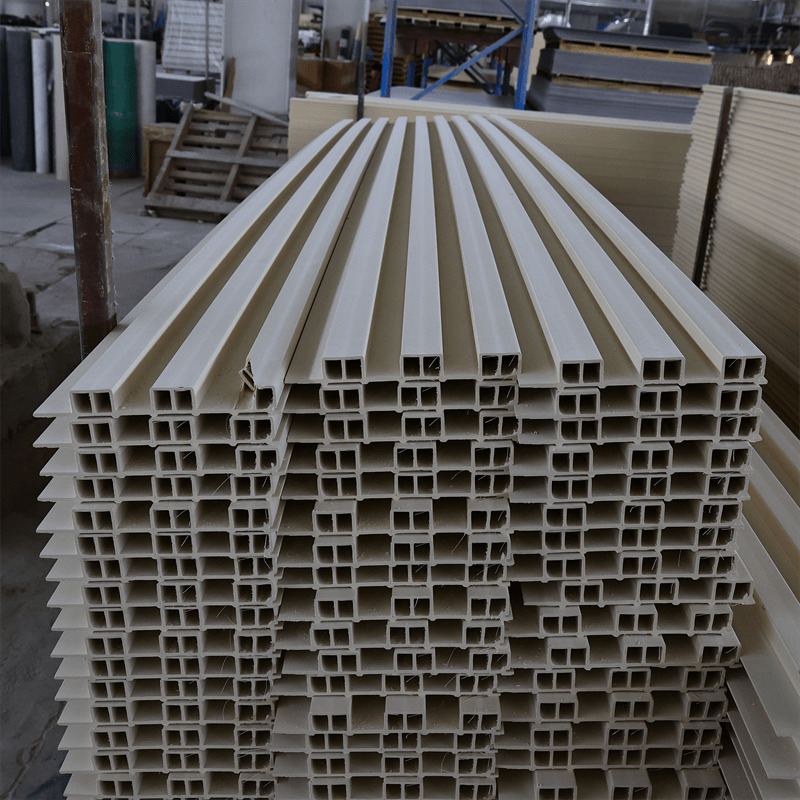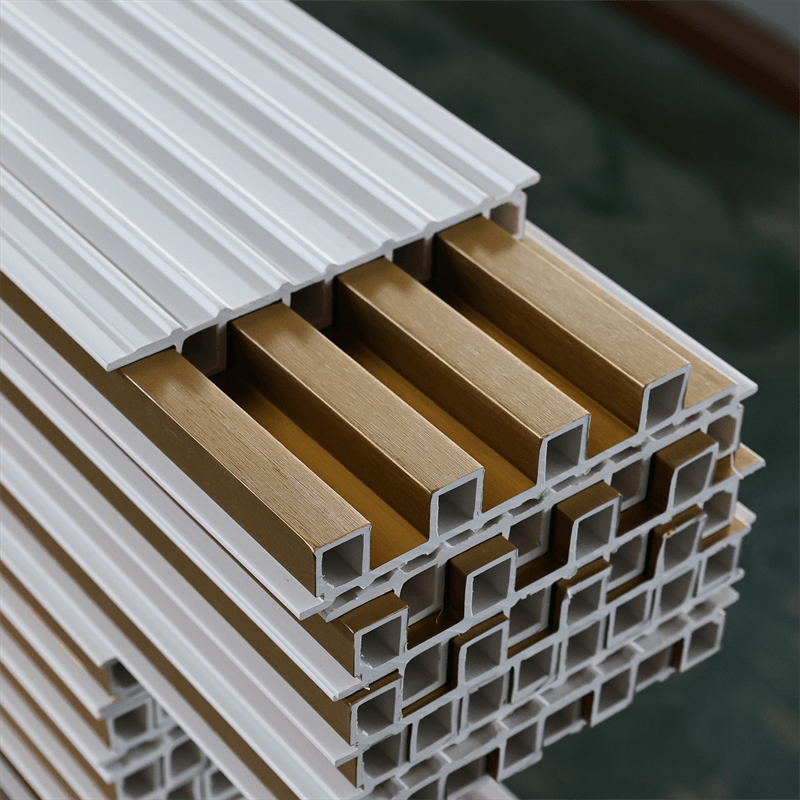As the world continues to prioritize sustainability and environmentally friendly practices, the realm of interior design is no exception.
When it comes to wall coverings, WPC (Wood Plastic Composite) wall panels have emerged as a sustainable solution for those seeking to incorporate eco-friendly elements into their living spaces.
In this essay, we will explore the advantages of WPC wall panels in terms of sustainability, durability, versatility, and aesthetic appeal.
By understanding the benefits of WPC panels, individuals can make informed choices that align with their green living values and contribute to a more sustainable future.
I. Sustainability of WPC Wall Panels:
Recycled Materials: WPC wall panels are often manufactured using a combination of recycled wood fibers and plastic polymers.
By utilizing these recycled materials, WPC panels help reduce the demand for virgin resources and divert waste from landfills.
This sustainable approach contributes to the overall reduction of environmental impact associated with the production of building materials.
Reduced Emissions: The manufacturing process of WPC wall panels requires less energy compared to traditional wall coverings.
This translates to lower carbon emissions and a reduced carbon footprint.
By choosing WPC panels, individuals can actively participate in the reduction of greenhouse gas emissions and mitigate climate change.
II. Durability and Longevity:
Enhanced Durability: WPC wall panels are highly durable and resistant to wear, moisture, and pests.
Unlike traditional wall coverings that may be susceptible to rotting, warping, or termite infestations, WPC panels maintain their structural integrity and aesthetic appeal over time.
The durability of WPC panels ensures that they have a long lifespan and reduces the need for frequent replacement, further enhancing their sustainability.
Low Maintenance: WPC panels require minimal maintenance, reducing the consumption of resources such as water, cleaning agents, and energy.
Unlike paint or wallpaper, WPC panels do not require repainting or frequent cleaning.
A simple wipe with a damp cloth or mild cleanser is sufficient to maintain their appearance, making them a practical choice for eco-conscious individuals.
III. Versatility and Aesthetic Appeal:
Design Options: WPC wall panels offer a wide range of design options, allowing individuals to personalize their living spaces according to their preferences.
These panels can be found in various colors, textures, and patterns, making it possible to achieve different design aesthetics, from contemporary and sleek to rustic and natural.
The versatility of WPC panels ensures that they can seamlessly integrate into any interior design scheme.
Natural Look and Feel: WPC wall panels can mimic the appearance of natural materials such as wood or stone, providing an organic and visually pleasing aesthetic.
Advanced manufacturing techniques have made it possible to create panels that closely resemble the look and feel of natural materials,
offering an eco-friendly alternative without compromising on beauty and elegance.
IV. Contributing to a Green Lifestyle:
Indoor Air Quality: WPC wall panels are free from harmful chemicals and volatile organic compounds (VOCs) often found in traditional wall coverings.
This ensures better indoor air quality, promoting a healthier living environment for occupants.
Individuals concerned about their well-being and the well-being of their loved ones can appreciate the positive impact of WPC panels on indoor air quality.
Energy Efficiency: WPC panels can contribute to energy efficiency in buildings. Due to their insulating properties, they help reduce heat loss or gain, thereby reducing the need for excessive heating or cooling.
This results in lower energy consumption and reduced reliance on non-renewable energy sources.

WPC wall panels offer a sustainable solution for green living, combining durability, versatility, and aesthetic appeal.
By utilizing recycled materials and reducing carbon emissions, WPC panels contribute to a more sustainable and eco-friendly approach to interior design.
Their durability and low maintenance requirements ensure a long lifespan and reduced resource consumption.
Moreover, the wide range of design options allows individuals to create personalized spaces that align with their unique style preferences.
By choosing WPC wall panels, individuals can actively participate in the green living movement and make a positive impact on the environment.


